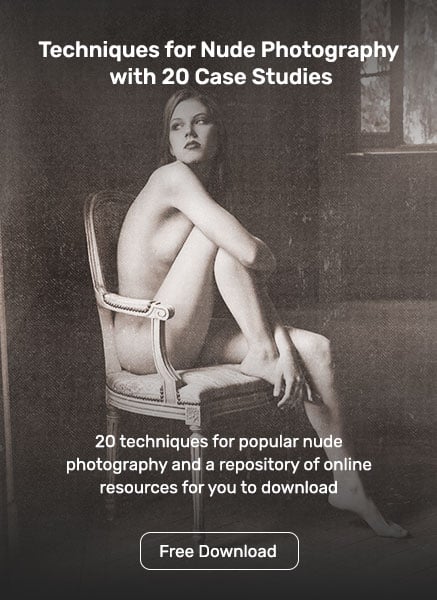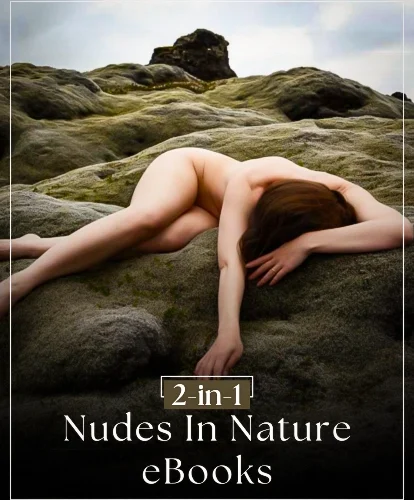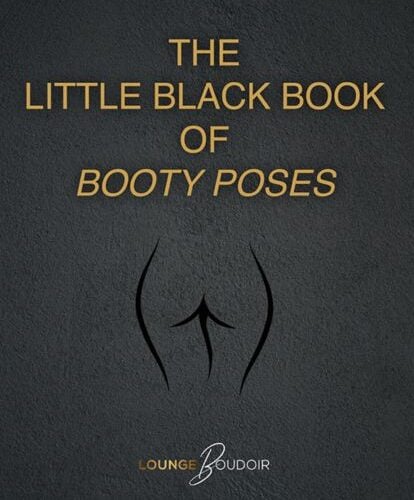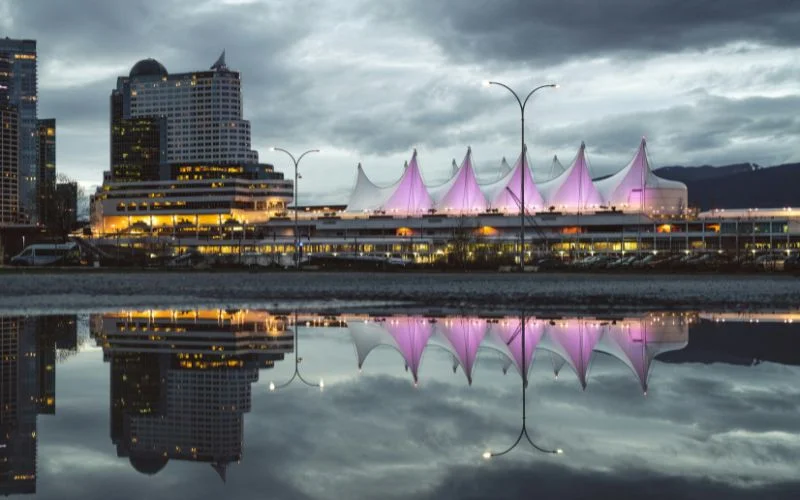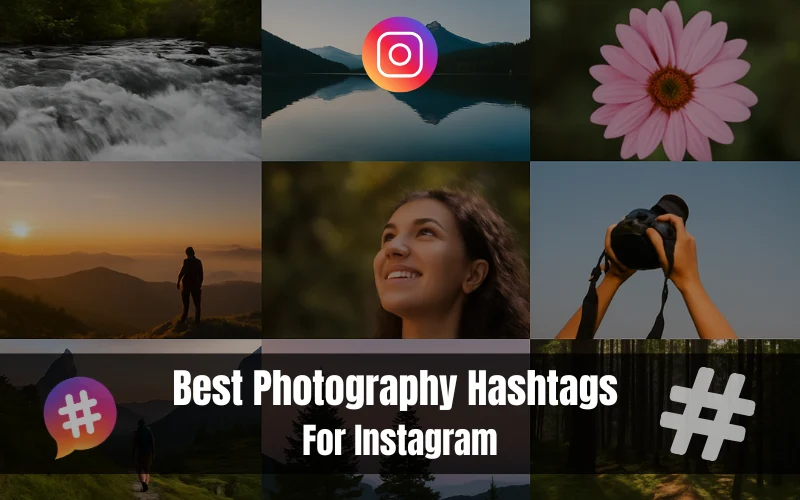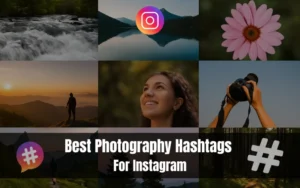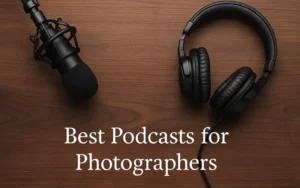Vintage nude photography is a unique and fascinating part of art history. It’s about more than just taking pictures of the human body; it’s about showcasing beauty, simplicity, and artistic creativity.
This genre emerged during the late 19th and early 20th centuries when photography was still a new medium. At its core, vintage nude photography focused on elegance, storytelling, and artistic expression rather than shock value or overt sensuality.
In this article, we’ll break down what vintage nude photography is, explore its history, look at some of the most famous photographers, and understand why it still matters today.
Table of contents
- What Is Vintage Nude Photography?
- Emergence & History Of Vintage Art Nude Photography
- Famous Photographers in Vintage Nude Photography
- Inspiration & Techniques Used By Vintage Nude Photographers
- The Role Of Gender In Vintage Nude Photography
- Challenges in Vintage Nude Photography
- Ethics and Consent in Vintage Nude Photography
- Why Vintage Nude Photography Still Matters
- Collecting and Preserving Vintage Nude Photography
- A Look At Some Inspirational Vintage Nude Photos
- Modern Interpretations Of Vintage Nude Photography
- Conclusion
What Is Vintage Nude Photography?

Vintage nude photography refers to photographs of the naked human body taken in the late 1800s and early 1900s. Unlike many modern images, these photos were designed to be tasteful and artistic.
They were often inspired by classical art, such as Greek and Roman sculptures or Renaissance paintings, which treated the human body as a symbol of beauty and creativity. The goal of these photographers wasn’t to shock or provoke but to create images that felt timeless and elegant.
They used light, shadows, and thoughtful poses to create photos that told stories or expressed emotions.
Emergence & History Of Vintage Art Nude Photography

The Invention of Photography
Photography became popular in the early 19th century. One of the first photographic processes, the daguerreotype, was introduced in 1839. It allowed photographers to capture detailed and permanent images, opening up new possibilities for art.
While early photography focused on landscapes and portraits, artists soon turned to the human form. Inspired by the long tradition of nude figures in painting and sculpture, photographers used the body as a subject to explore beauty, emotion, and composition.
Changing Art Movements
Art movements like Romanticism and Art Nouveau also played a role in popularizing vintage nude photography. Romanticism focused on emotions and nature, while Art Nouveau emphasized organic shapes and beauty.
These movements inspired photographers to explore natural beauty and the connection between humans and their environment. At the same time, societies were much more conservative than they are today.
Nudity in art was often controversial, and photographers had to be careful to present their work as fine art rather than something inappropriate.
Famous Photographers in Vintage Nude Photography
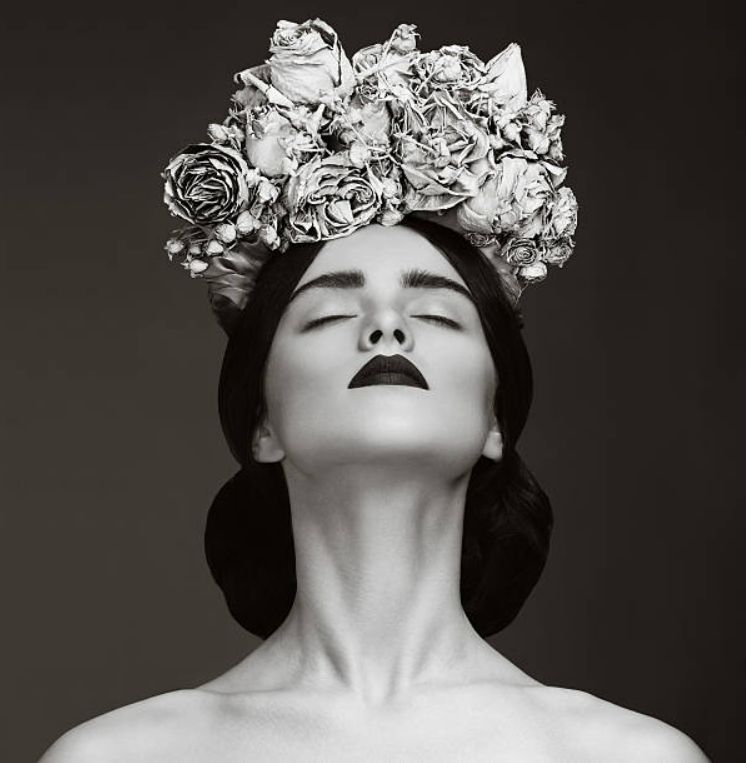
The primary contributors to vintage nude photography were trailblazing artists who saw the human form as a canvas for storytelling and beauty. Photographers like Felix Jacques Moulin and Wilhelm von Gloeden were among the pioneers.
Moulin’s work focused on natural poses, while von Gloeden’s photographs embraced mythology and classical art themes. These artists used soft lighting, careful composition, and creative techniques to capture the human body while challenging societal norms.
Here are some artists that were in focus for their vintage nude photography:
Eadweard Muybridge
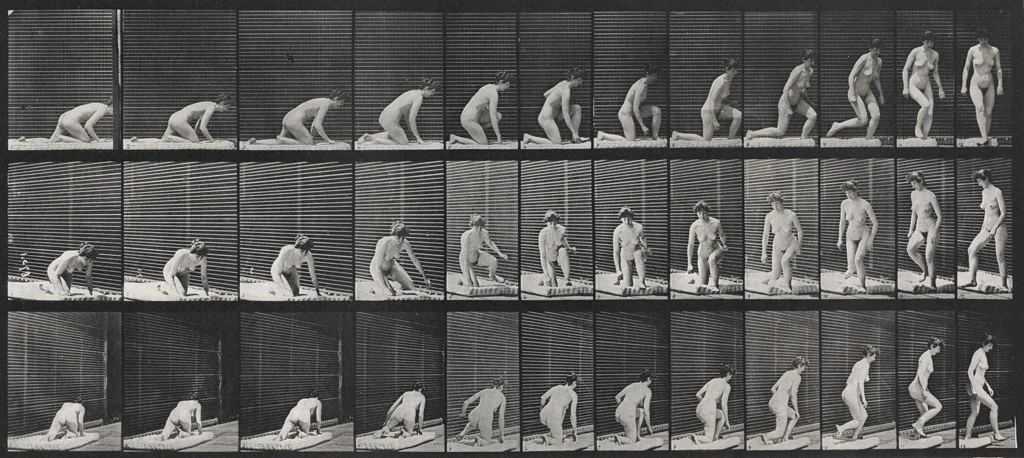
Eadweard Muybridge was a pioneer in capturing movement through photography. His Animal Locomotion series 1887 was groundbreaking because it showed how people and animals moved by breaking their actions into individual frames.
This revealed details of motion that couldn’t be seen with the naked eye. While his work was scientific, it was also artistic, showing the beauty and grace of the human body in action. Muybridge’s work inspired many fields, including animation, photography, and sports studies.
Baron Wilhelm von Gloeden
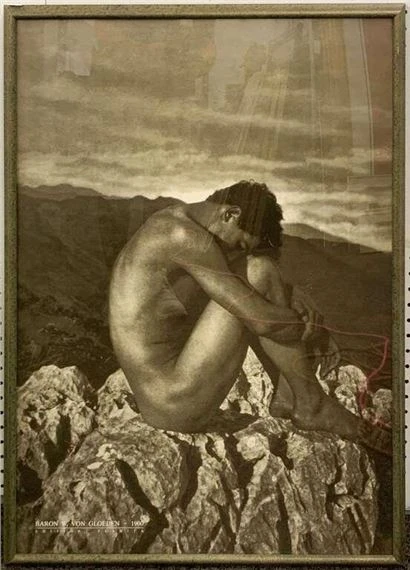
Baron Wilhelm von Gloeden was a famous early photographer known for his artistic nude portraits. He photographed young men in poses inspired by ancient Greek and Roman art, often using natural light and outdoor settings.
His photos had a soft, timeless look, making them feel like they belonged in classical sculptures or paintings. Although his work was bold for his time, it was admired for its beauty and elegance.
Alfred Stieglitz
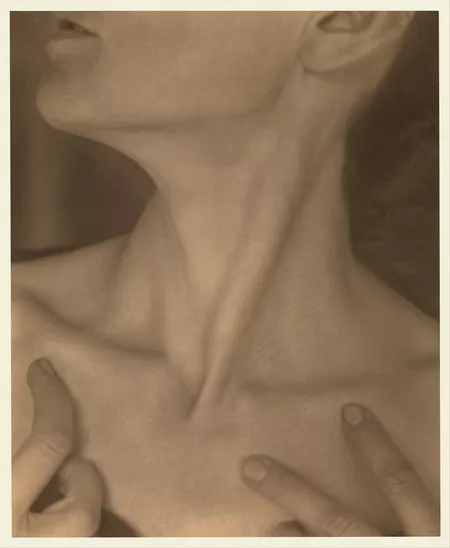
Alfred Stieglitz was an important figure in modern photography who explored how photos could express feelings. His nude portraits of Georgia O’Keeffe, his wife and muse, were emotional and artistic.
These photos showed her strength and vulnerability, combining realism with abstract elements. Stieglitz’s work was ahead of its time and showed that photography could be as powerful as painting or sculpture in expressing emotions and ideas.
Man Ray
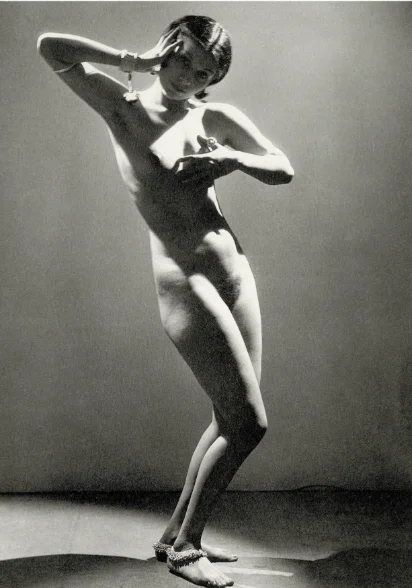
Man Ray was part of the Surrealist art movement and loved experimenting with photography. He created unique nude photos using unusual lighting, double exposures, and other creative techniques.
His work often had a dreamlike or mysterious quality, making viewers see the human form in new ways. Man Ray’s innovative approach turned photography into a tool for exploring imagination and emotions, leaving a lasting impact on art.
Inspiration & Techniques Used By Vintage Nude Photographers
Lighting and Composition
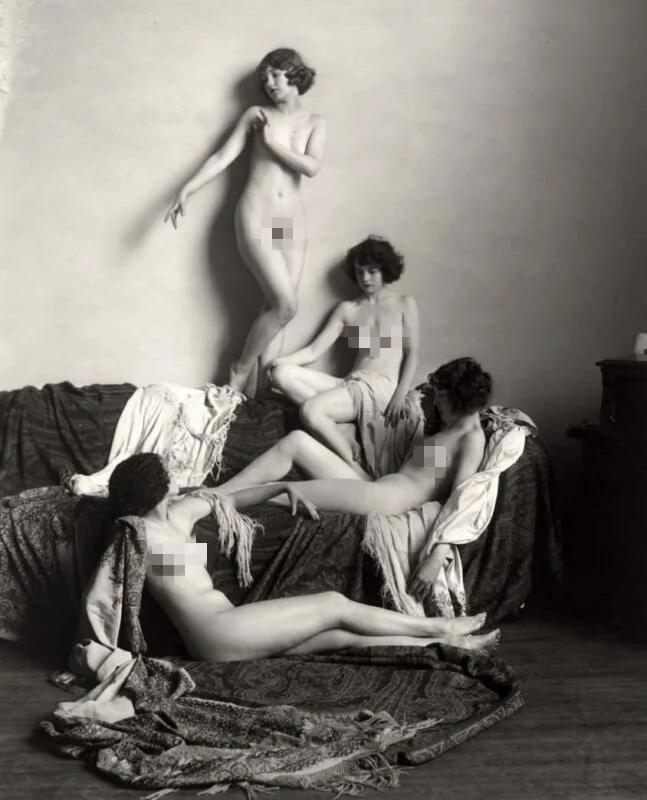
Vintage photographers paid close attention to how they composed their photos. They used soft lighting to highlight the body’s contours and create shadows that added depth. Composition techniques borrowed from painting helped create balance and focus in their work.
Themes and Props
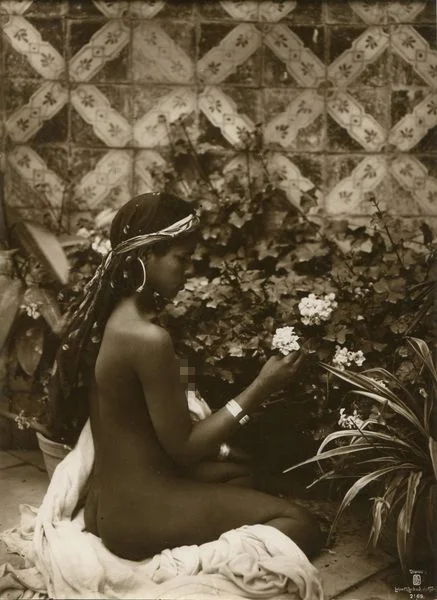
Many vintage nude photographs used props like flowers, draped fabrics, or outdoor landscapes to enhance their images. These props added meaning or helped convey a specific theme, such as purity, strength, or vulnerability.
Don’t forget to check out: Best Vintage Lightroom Presets
Mythology and Inspiration
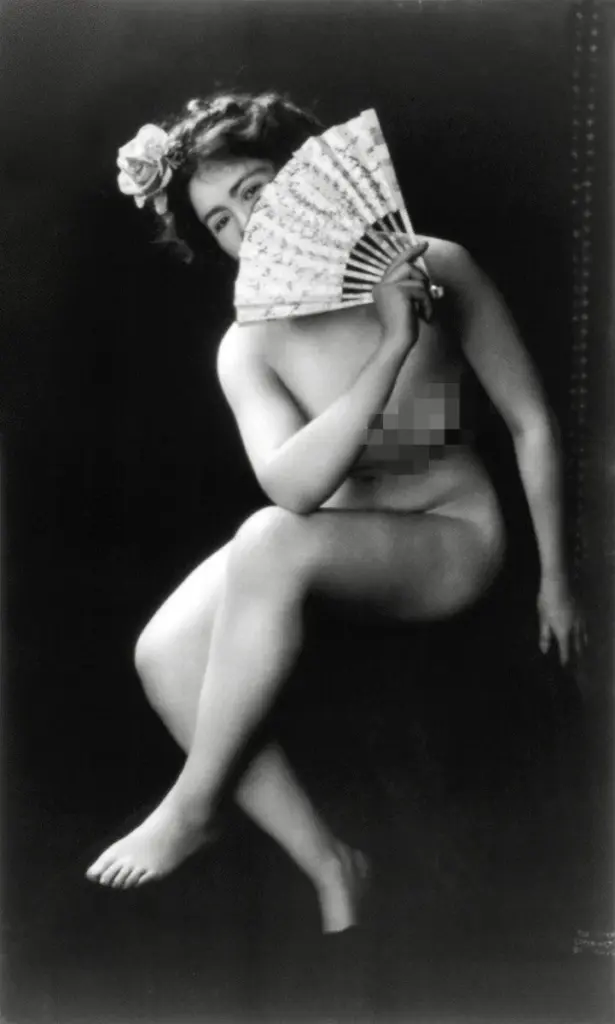
Classical mythology was a significant influence on vintage nude photography. Many photographers created images of mythological figures like Venus or Apollo.
This connection to ancient art helped their photos feel timeless and allowed them to present nudity in a way acceptable to the public.
The Role Of Gender In Vintage Nude Photography
Classic Female Nude Photography
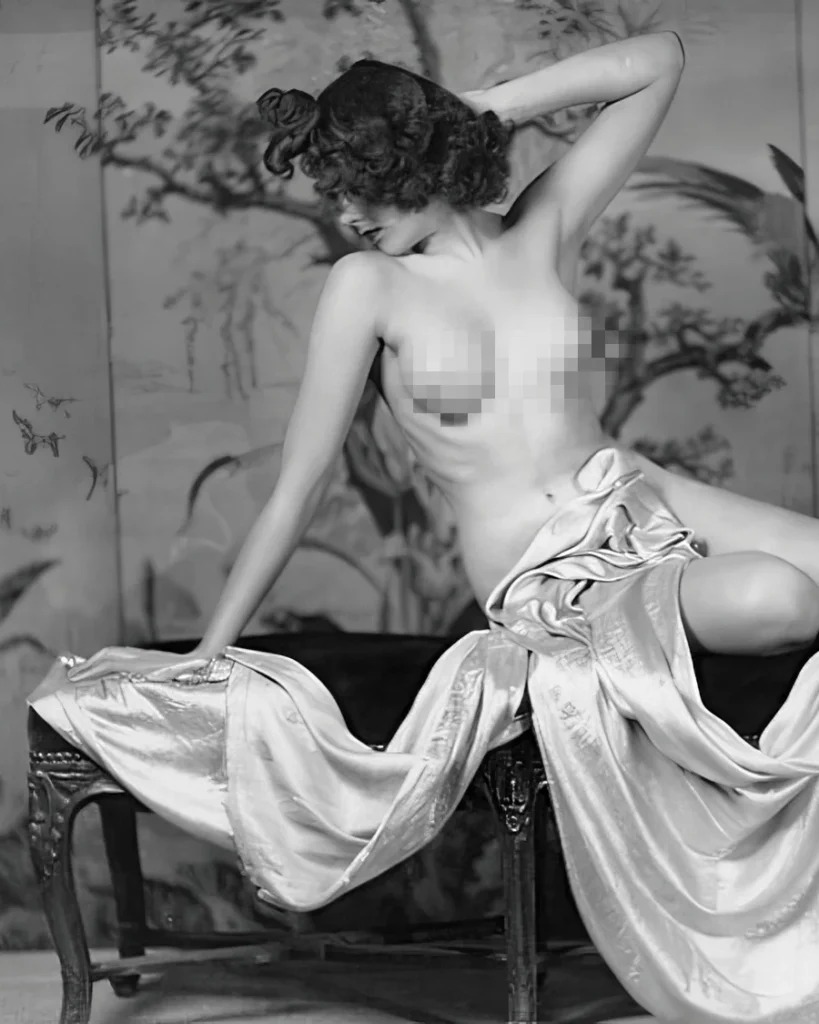
Female subjects dominated vintage nude photography. Photographers often portrayed women as symbols of beauty, innocence, or sensuality, reflecting societal ideals of femininity.
These images highlighted softness, curves, and grace, aligning with traditional gender expectations. In many cases, women were posed in ways that emphasized their delicacy, blending modesty with wonder.
Themes like mythology, nature, and motherhood were common, linking femininity to purity and creativity.
Male Vintage Nude Photography
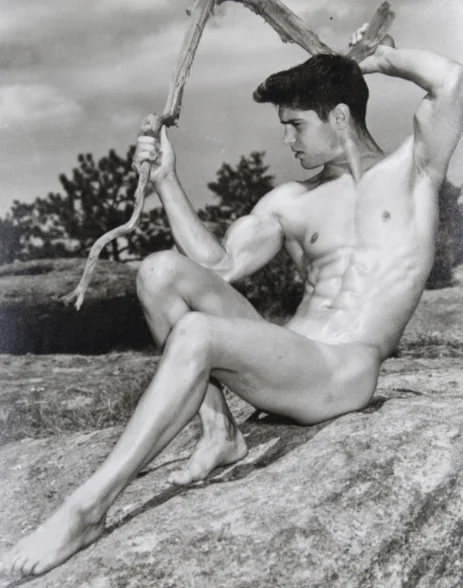
Male subjects appeared less frequently in vintage nude photography. When they did, photographers often showcased strength, power, and ideal physiques.
These images portrayed men as heroic or athletic, focusing on defined muscles and confident poses. Unlike the softness associated with female nudes, male nudes reflected ideas of dominance.
Photographers rarely explored themes of vulnerability in male vintage nude photography. These representations were far less common and often less socially accepted.
Challenges in Vintage Nude Photography
Conservative Societies
In the 19th and early 20th centuries, societies were much stricter about what was considered appropriate. Many people viewed nude photography as indecent, even if it was presented as art.
Photographers had to navigate these restrictions carefully, often framing their work as inspired by classical art.
Censorship
Some photographers faced legal challenges or censorship. For example, Baron von Gloeden’s work was criticized for its homoerotic undertones, even though it was widely admired in artistic circles.
By emphasizing the artistic nature of their photos, photographers could avoid bans in many cases.
The Rise of Erotic Photography
As photography became more accessible, it became easier for people to create and distribute more explicit images. This blurred the line between art and erotica.
Some photographers had to defend their work in classic female nude photography against accusations that it wasn’t genuinely artistic.
Ethics and Consent in Vintage Nude Photography
Lack Of Consent Laws & Regulations
In the early days of vintage nude photography, consent was not always a priority. Photographers often had more power than their subjects, and models, especially women, may not have fully known how and where their images would be used.
At the time, there were few laws or guidelines to ensure informed consent. This led to a lot of exploitation by some photographers.
Pressure & Stigma in Vintage Nude Photography
Many photographers called their work artistic, but they didn’t always consider how the models felt or whether they had a real choice. Some photographers used their status or influence to convince people to pose nude, which could make the models feel pressured or uncomfortable.
In conservative societies, models also risked being judged or criticized for taking part in nude photography.
Learning from the Past
Looking back, these practices remind us why ethics matter in photography today. Modern photographers prioritize clear communication, informed consent, and respect for boundaries.
By understanding past challenges, we can ensure that art and collaboration are rooted in respect and fairness.
Why Vintage Nude Photography Still Matters
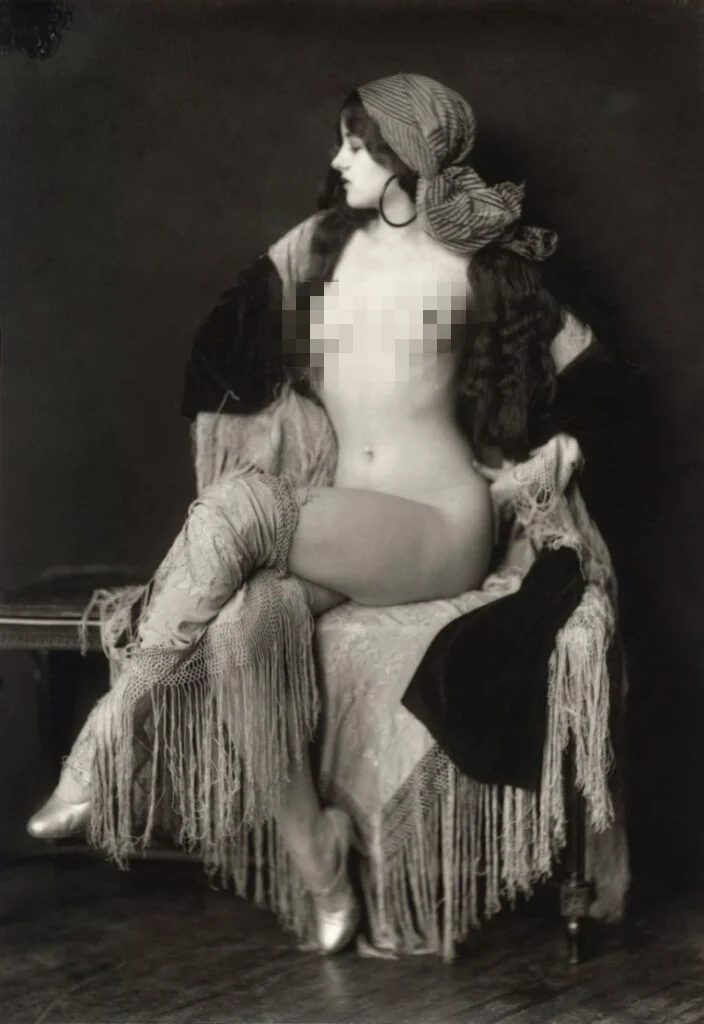
Timeless Style
Vintage nude art photography is still popular today because of its simple and elegant style. Unlike many modern photos of nudity, which can feel bold or over-the-top, vintage images focus on being tasteful and artistic.
Cultural and Historical Importance
Vintage nude photography gives us a look into the past. It shows how people viewed art, beauty, and the human body at different times. These photos also highlight how artists created meaningful work while following the rules of their society.
Inspiration for Modern Artists
Many modern photographers and artists look to vintage nude photography for inspiration. The careful use of light, shadow, and composition influences how people approach photography and other art forms.
Collecting and Preserving Vintage Nude Photography

Today, vintage nude art photography is very collectible and highly valued. Art collectors, museums, and history enthusiasts seek original prints because they carry artistic and historical importance.
These vintage nude photos represent an era when artists experimented with photography as a new art form, making them valuable pieces of cultural history.
Many museums and galleries regularly showcase the works of famous photographers like Alfred Stieglitz and Wilhelm von Gloeden. These exhibitions attract visitors who appreciate the artistry and craftsmanship behind these images and want to understand the historical context.
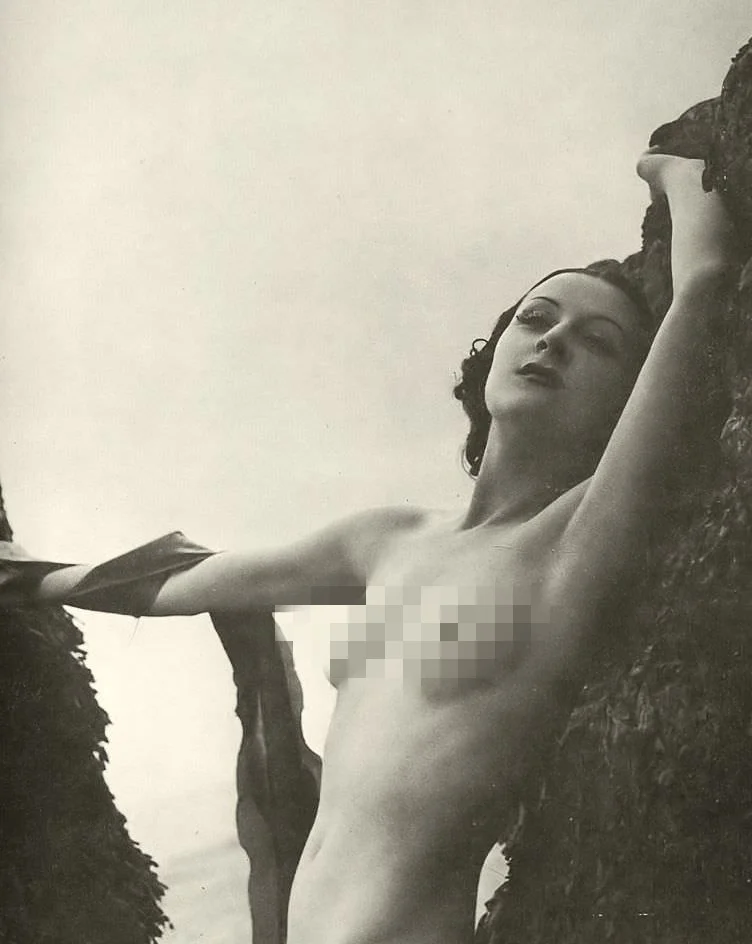
Digital platforms have also made vintage nude photography more accessible to everyone. Online archives and galleries allow people to explore these photos from anywhere in the world.
Through these platforms, people can learn about the photographers, their techniques, and their work’s cultural impact. This accessibility has helped preserve the legacy of vintage nude photography and introduced it to a new generation of art lovers and historians.
A Look At Some Inspirational Vintage Nude Photos
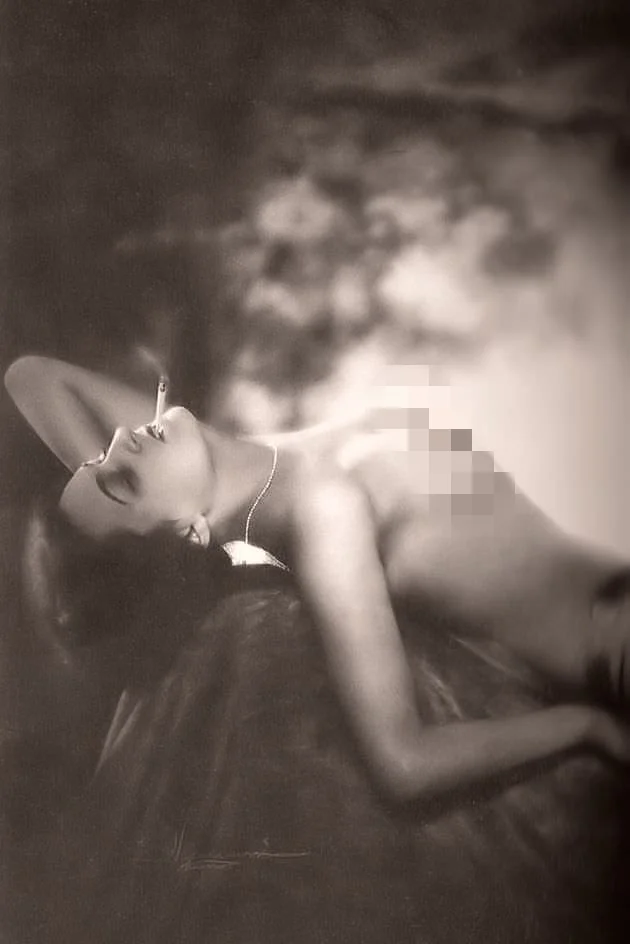
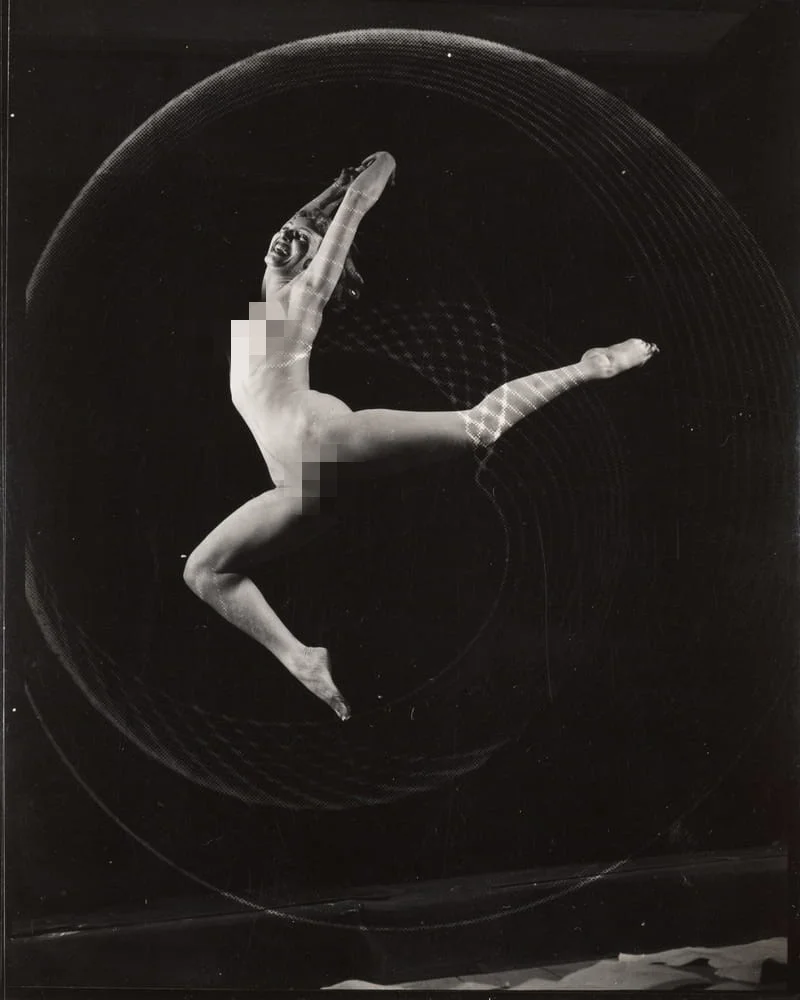

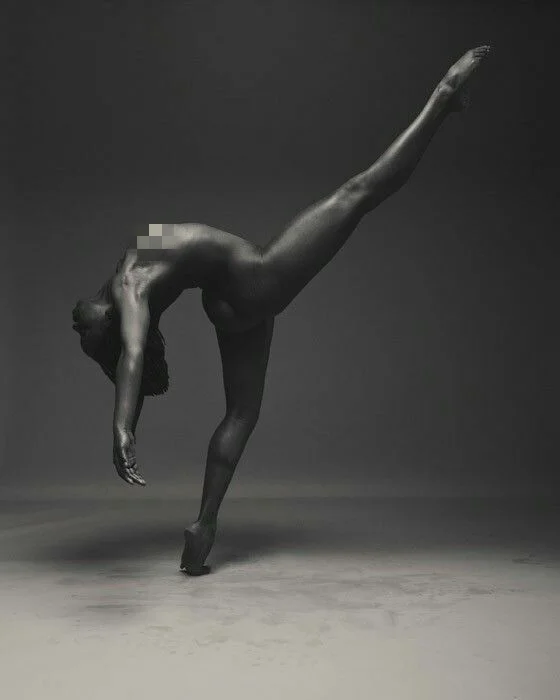
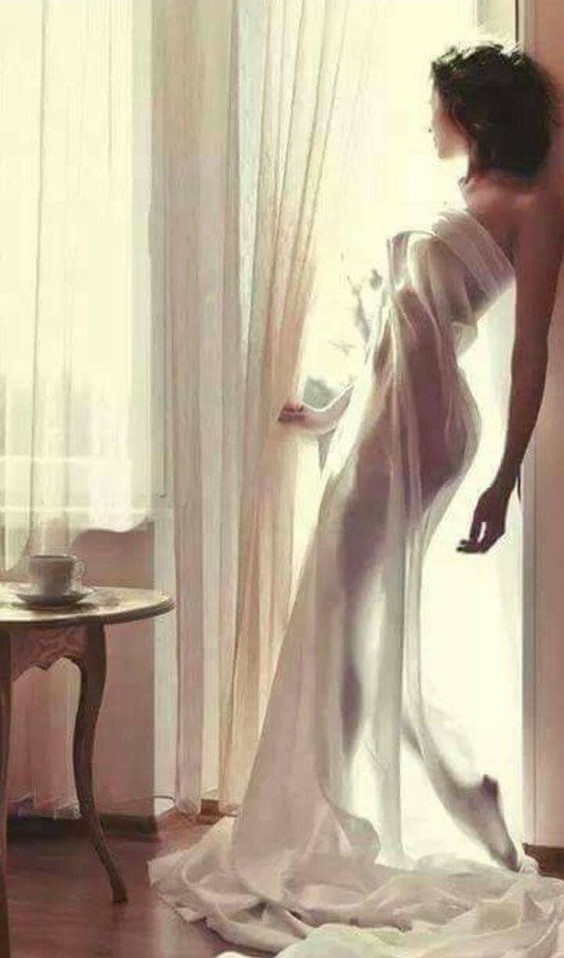



Modern Interpretations Of Vintage Nude Photography
David LaChapelle: Bold and Surreal Vintage Vibes
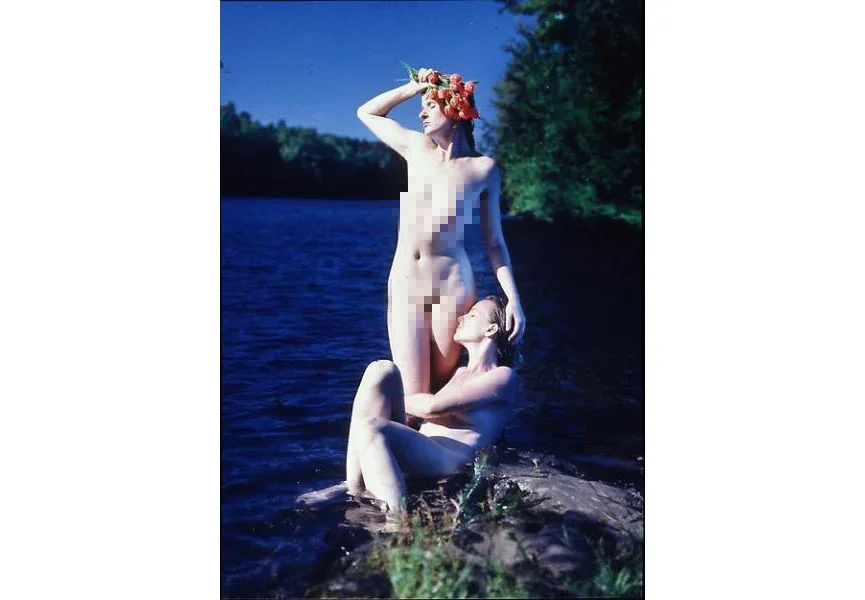
David LaChapelle blends vintage-style poses with bold, colorful, and surreal settings. He draws inspiration from themes like mythology and nature but gives them a modern twist. LaChapelle’s work challenges traditional ideas of beauty and identity.
It creates something fresh and thought-provoking. His unique style combines the past with the present, making his photos both nostalgic and innovative.
Annie Leibovitz: Vintage Elegance with a Modern Edge
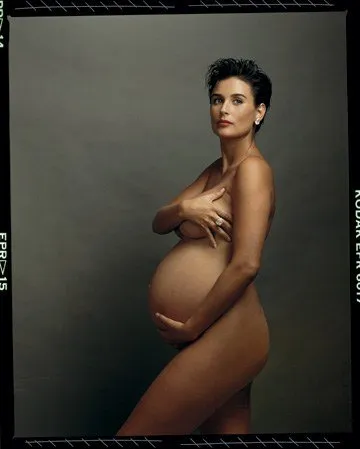
Annie Leibovitz often draws inspiration from vintage nude photography in her work. A great example is her famous portrait of Demi Moore during pregnancy, which captures the elegance of vintage photos.
At the same time, it celebrates modern ideas of confidence and individuality. Leibovitz’s ability to blend the past with the present makes her work timeless yet current. This highlights beauty and strength.
Irving Penn: Simple, Timeless Style
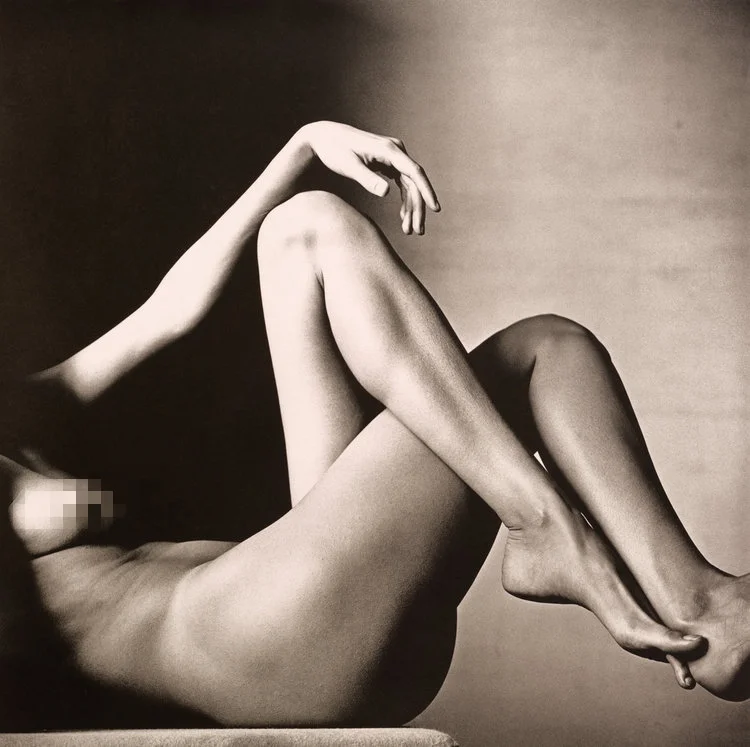
Irving Penn combines vintage and modern styles through his minimalist nude photography. He focuses on lighting and the shape of the body, giving his photos a simple yet striking look. His classic techniques have inspired many modern photographers to try these ideas in new ways.
Penn’s approach to capturing beauty in such a clean and straightforward way still influences today’s photographers, making his work timeless and relevant.
Paolo Roversi: Soft and Dreamy Vintage Looks
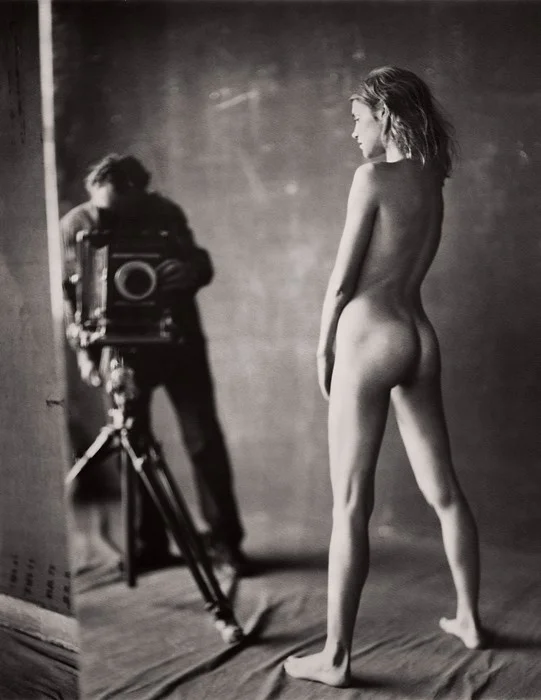
Paolo Roversi brings the dreamy look of vintage photography to fashion. His use of soft lighting and muted colors gives his photos a timeless, elegant feel. This style mixes the old with the new, making his work both classic and modern.
Roversi’s photos have a beautiful, nostalgic vibe that feels fresh and stylish.
Conclusion
Vintage nude photography is more than just an art form. It’s a window into the past. It shows how early photographers used creativity and skill to turn the human body into art despite societal restrictions.
These images remind us of the power of subtlety and craftsmanship. They inspire us to look beyond the surface and see the beauty in simplicity and timeless techniques.
Whether appreciated as historical artifacts, sources of inspiration, or works of art, vintage nude photography continues to captivate audiences and remain relevant in modern times.
Like this post? Check out more amazing photography tips & inspiration on our blog.

